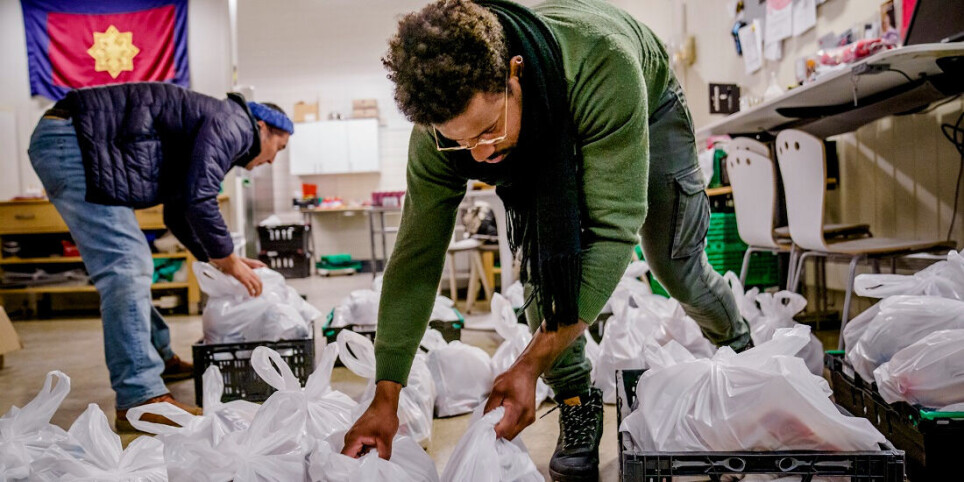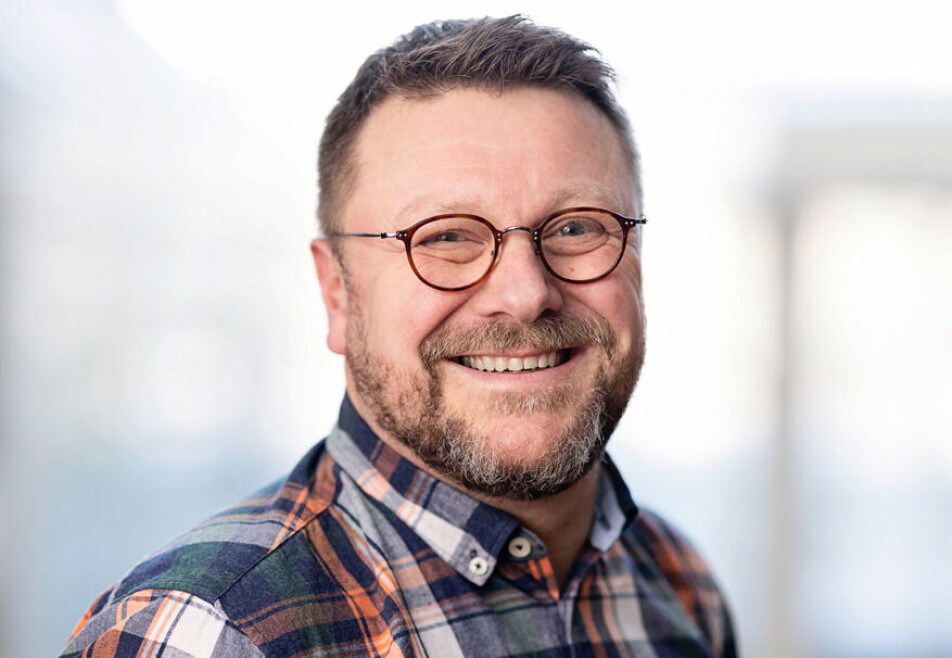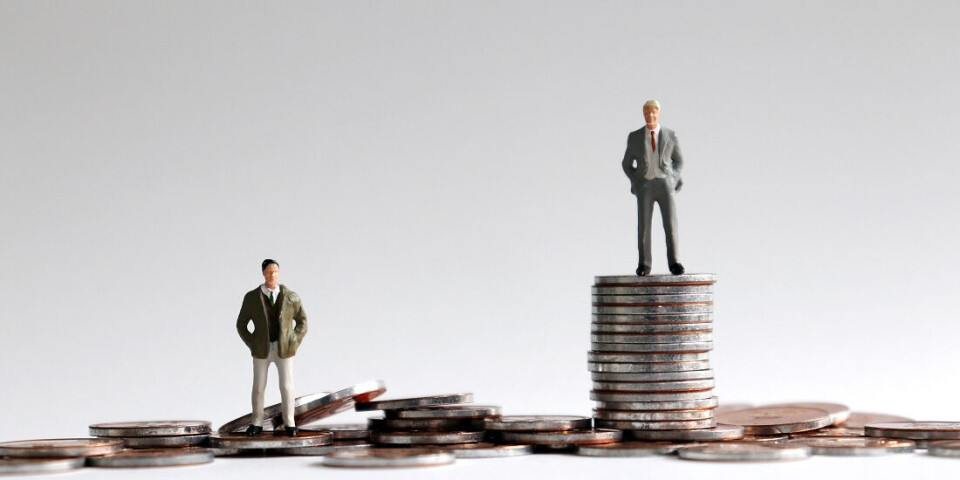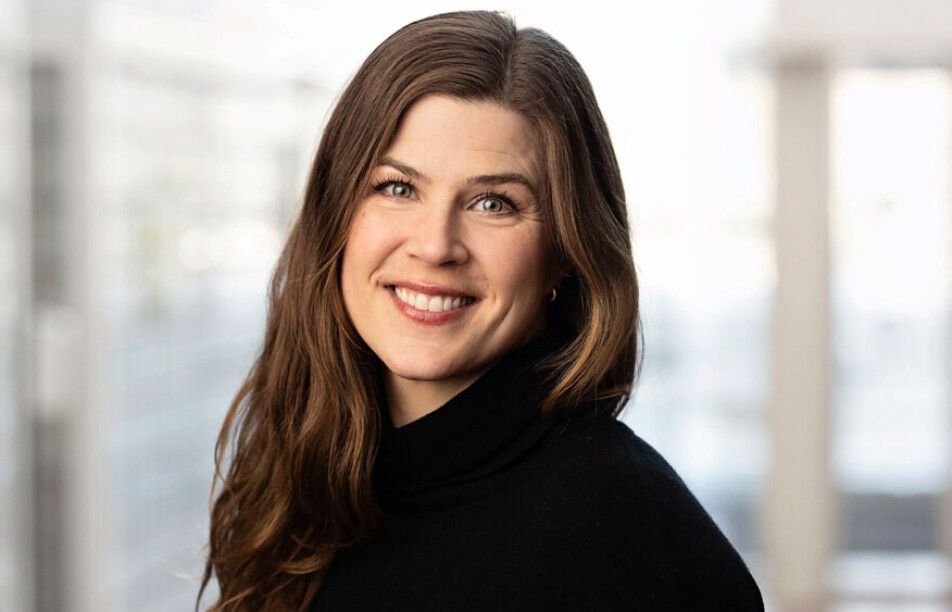THIS ARTICLE/PRESS RELEASE IS PAID FOR AND PRESENTED BY NTNU Norwegian University of Science and Technology - read more

Differences between rich and poor are increasing in Norway
We might imagine that the differences between people in Norway are small, but this is not true. On the contrary, inequities have increased in recent years.
The social differences in Norway have increased since 2014, according to a new report. Norway’s Ministry of Health and Care Services commissioned the report.
People who struggle with poverty live shorter lives than rich people. Young people who have parents with low socioeconomic status struggle more often psychologically. People with limited education smoke five times as much as those with higher levels of education.
These are just a few of the many different areas where people with little money and education are worse off than people with more of both. And this trend is not moving in a positive direction.
“The inequalities between people in Norway have increased, despite political ambitions to reduce social differences in health and quality of life,” Ottar Ness says.
Ness is a professor at NTNU’s Department of Education and Lifelong Learning. He also heads WellFare, the Nordic Research Center for Wellbeing and Social Sustainability.
The work has been led by Michael Marmot, director of the Institute of Health Equity at University College London (UCL). Marmot is an honorary doctor at NTNU.
NTNU-WellFare was the Norwegian partner in the study, and coordinated input from a number of Norwegian researchers and practitioners.

Child poverty is increasing more than overall poverty
“Child poverty is a cause of health inequalities in a society, and a marker for what needs improvement,” Marmot says.
Although child poverty in Norway is low by international standards, it has been increasing. The fact that child poverty has increased at a faster rate than for the population as a whole is a call to action, he believes.
“Child poverty is associated with low parental education, weak links to the labour market, single-parent households and immigrant background. Universal child support has not kept pace with inflation,” Marmot says.
The need to ‘opt in’ for benefits means that those with low language or financial management skills are potentially missing out on vital benefits to keep the family out of poverty.
“The good news is that we know what to do, and there is the political will to implement the recommendations laid out in our report,” Marmot says.
He believes the rise in child poverty, in particular, provides a strong rationale for increasing spending on benefits and services in line with the cost of living.
First and foremost a moral matter
“A number of groups who struggle with living condition issues and who experience discrimination live far shorter lives, with lower participation in society and a poorer quality of life,” says Ness.
These are differences that are reflected in wealth inequalities amongst people in Norway.
“The richest 10 per cent of Norway’s population have become much richer since 2010. The lowest 50 per cent have hardly had any increase in wealth at all,” he says.
But this trend does not have to continue.
“Equalising social differences is first and foremost a moral matter, but also a question of sustainable development,” Ness says.
He believes that the inequalities are socially created, and that it is possible to do something about them if there is the political will to tackle the problems properly.
“We can reduce the inequities by doing something about people’s living conditions, where they are born and grow up, where they live, play, learn, work and age,” Ness says.

High socioeconomic status increases life expectancy
One of the most dramatic differences can be found in life expectancy. Here, the difference between rich and poor and between low and high education levels can sometimes be very large.
Depending on how and whom you measure, women with high socioeconomic status can expect to live between 3.5 and 5.5 years longer than women with low socioeconomic status.
The differences in life expectancy are even greater for men, ranging from 5.0 to 7.3 years.
The discrepancies are closely linked to lifestyle habits amongst the various groups. People with the lowest socioeconomic status smoke five times as often as those with the highest status. They also have far less healthy eating habits, largely because living healthy is expensive.
People lower down the social ladder thus struggle more with many different health problems than people higher up do, both physically and psychologically.
Key is to start whilst children are young
We need to start early if we want to reduce inequalities. Children are often the hardest hit. What kind of home they come from plays a big role in their development.
If your parents struggle with poverty and have little or no education, you are more likely to experience the same problems throughout your life.
If you come from a home with low socioeconomic status, your chances of succeeding later in life are considerably worse than if you come from a home with higher socioeconomic status.
Almost 12 per cent of all children in Norway come from homes with long-term poverty. This has consequences. These children have a greater risk of feeling ill at ease in school, of struggling mentally and being bullied. They often have poor school results in mathematics, writing and reading.
“A family’s socioeconomic status is strongly linked to how well 15-year-olds do at school, and to what extent they further their education,” Dina von Heimburg says.
Heimburg is an associate professor at NTNU’s Department of Education and Lifelong Learning. She is also co-leader at WellFare.

Going to nursery is an advantage
Families on limited incomes, where the parents have a low level of education and immigrant families send their children to nursery less often. This can contribute to reinforcing social inequalities.
The nursery a child attends can already give the researchers a clue as to how things will most likely go for them.
“Children who go to a good nursery school have a greater chance of developing well than those who don’t," Heimburg says.
Education is even more important
Higher education provides access to a wider labour market and is therefore one of the keys to opening up more opportunities for people having lower socioeconomic status.
Changes in the labour market mean that people with little education are struggling more in the labour market than before. Fewer jobs are available for them, which in turn contributes to increasing the socioeconomic differences.
“In 2019, 18 per cent of the population between 18 and 66 years old in Norway were unemployed and at the same time not receiving any education,” Heimburg says.
This segment of the population has a growing tendency to remain in a difficult situation. To an increasingly large extent, this group of people include those who have never worked or who have been long-term unemployed.
Social support measures have been tightened in recent years to try to encourage more people to work. These measures do not seem to have worked as intended.
Attempts to bring more people with disabilities into the work force have not fully succeeded either.
“Employers and support services have not succeeded well enough at including people with various forms of disabilities across all socioeconomic groups in working life,” Heimburg says.
The pandemic increased inequalities
The Covid-19 pandemic contributed to the increase in social differences. The jobs that disappeared were largely jobs for people with little education, young people and those with an immigrant background from outside the EU.
Fewer people with an immigrant background got vaccinated than others.
Immigrants from Africa and Asia in particular were overrepresented both amongst those who were infected and those who became seriously ill from Covid-19.

Worrisome
“The report shows that Norway has a society with some large health inequalities, depending on individuals’ background, and that these differences have only become greater in recent years. This is cause for concern,” Ingvild Kjerkol, Norway’s Minister of Health and Care Services said in a press release.
Kjerkol states that the work to reduce these differences is essential.
“Reducing inequities is the goal of all our public health work, and it is the common thread in the public health report we will be presenting on Friday 31 March,” Kjerkol states in the press release.
Possible to reverse the trend
We therefore have the ability to reverse the trend of recent years. Norway can once again become a society with fewer inequalities.
“The most important thing we can do to equalise social differences is to give all children the best possible start in life, and to strengthen solidarity and community across generations,” Ness says.
Above all, this work is about equalising differences in income, wealth and power. We have to strengthen empowerment and democratic social participation for excluded and marginalised groups, he says.
“That way we can move society in the direction of a better quality of life for everyone,” says Ness.
Reference:
Goldblatt et al. Rapid review of inequalities in health and wellbeing in Norway since 2014, Insitute of Health Equity, 2023.
Read more content from NTNU:
-
Social media is connected to cyberbullying – but not how we thought
-
Forskere ved NTNU får nesten 24 millioner av EU for å lage nye strømomformere
-
This helps the youngest children enjoy school more
-
Can we tap the ocean’s power to capture carbon?
-
Researchers have uncovered major problems in Norway's salmon industry
-
Why ChatGPT is bad at imitating people





































